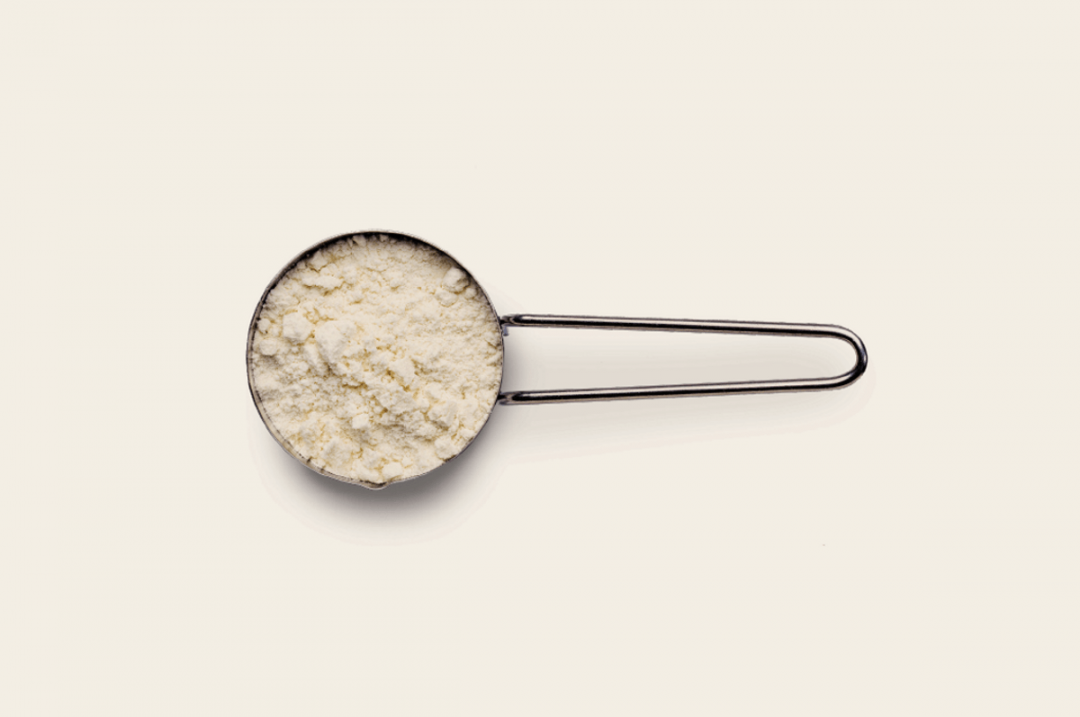The Ultimate Guide to Native Whey Protein
Few markets are as saturated as the functional protein & supplement field. With thousands of products, competitive pricing and overstocked shelves, standing out and succeeding is an uphill climb.
In this guide, we look at how functional food, beverage and supplement manufacturers can use native whey to formulate protein-rich products that work faster, taste better and go easier on the stomach – and in the process expand their consumer base and audience reach.
What is Native Whey?
Native whey protein is a newer, less processed form of protein that can optimize protein synthesis and muscle function compared to other protein sources. Native whey protein is found naturally in fresh milk and is not a byproduct of the production of other products. Made exclusively using physical manufacturing processes, no chemical or added ingredients are used.
Although its potential is still being understood, the current response to native whey suggests it is well positioned to be a rising trend in protein-based supplements and functional nutrition. But its distinctiveness also means an entirely different approach is required to understand, formulate, brand and market native whey products.
In the following guide, we attempt to answer some of the questions surrounding native whey protein – what it is, how it works and how it benefits functional food and supplement manufacturers and their consumers.
How Does Native Whey Compare to Other Protein Forms?
Compared to traditional whey or even plant-based whey protein, NWP offers a number of powerful benefits around recovery, amino acid production, protein availability and protein efficiency. This makes it ideal for fitness enthusiasts and people who consume protein powders and supplements regularly.
Faster Recovery
Proper intake of protein is essential for any health regimen, particularly after a workout. Native whey absorbs faster than other protein sources, allowing consumers to recover faster.
Stronger Amino Acid Production
Like traditional whey protein, native whey protein has a complete amino acid profile. But what sets it apart is its higher leucine bioavailability, a key amino acid to stimulate protein synthesis.
Less Protein for the Same Results
A common consumer concern is that the added calories in protein supplements increase their overall caloric intake. With its higher purity level of 95%, native whey allows consumers to eat less protein while achieving the same results.
Download our Ultimate Guide to Native Whey Protein and learn about the science, benefits and market opportunity for native whey today. Click here
Share on LinkedIn

















